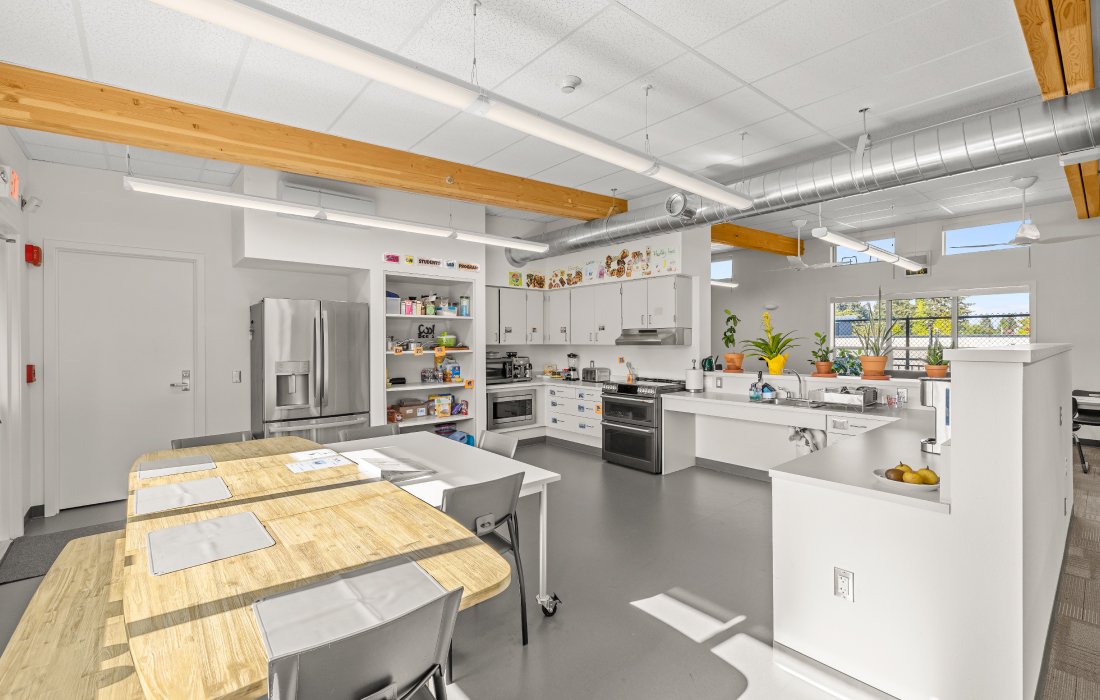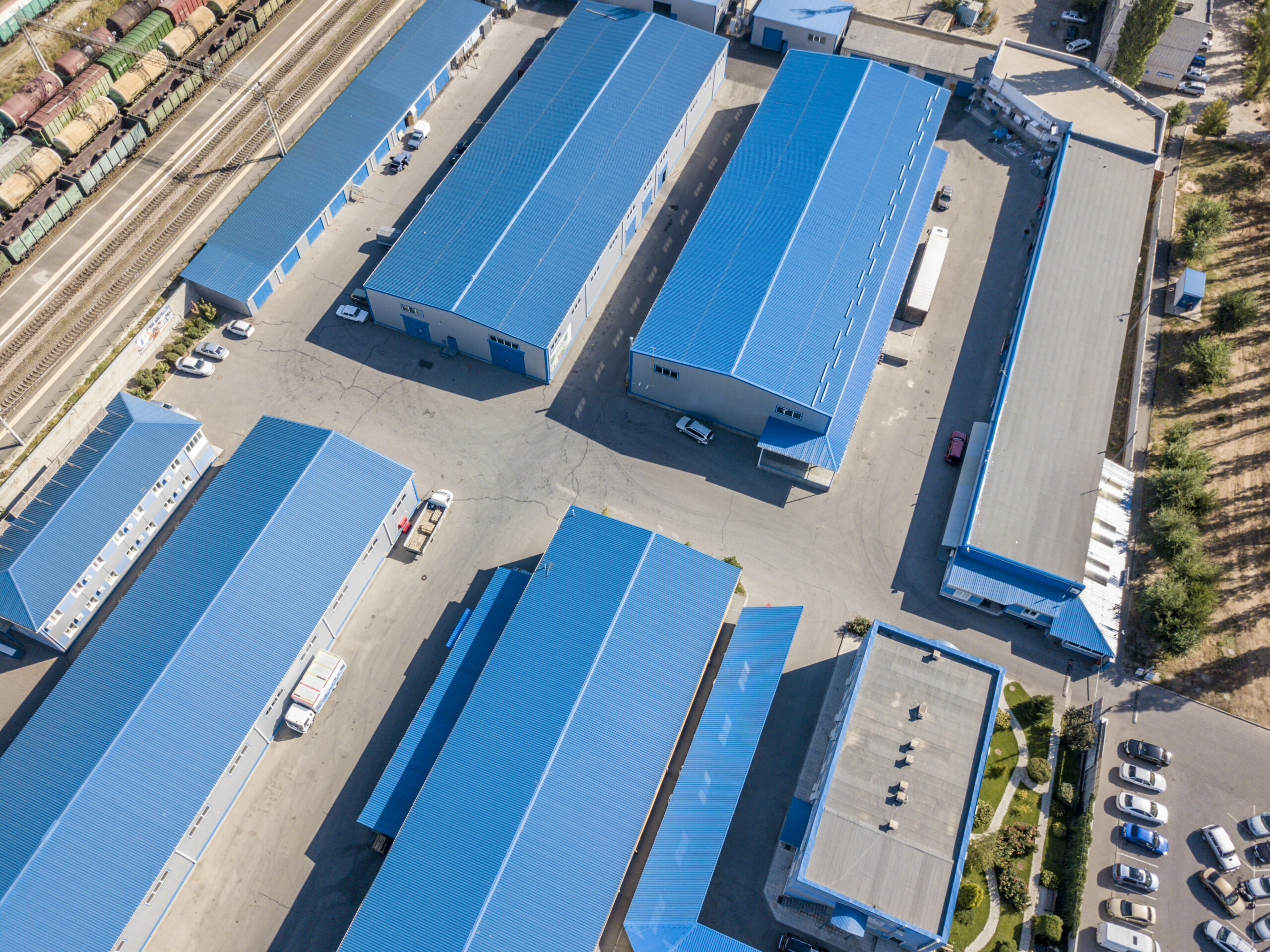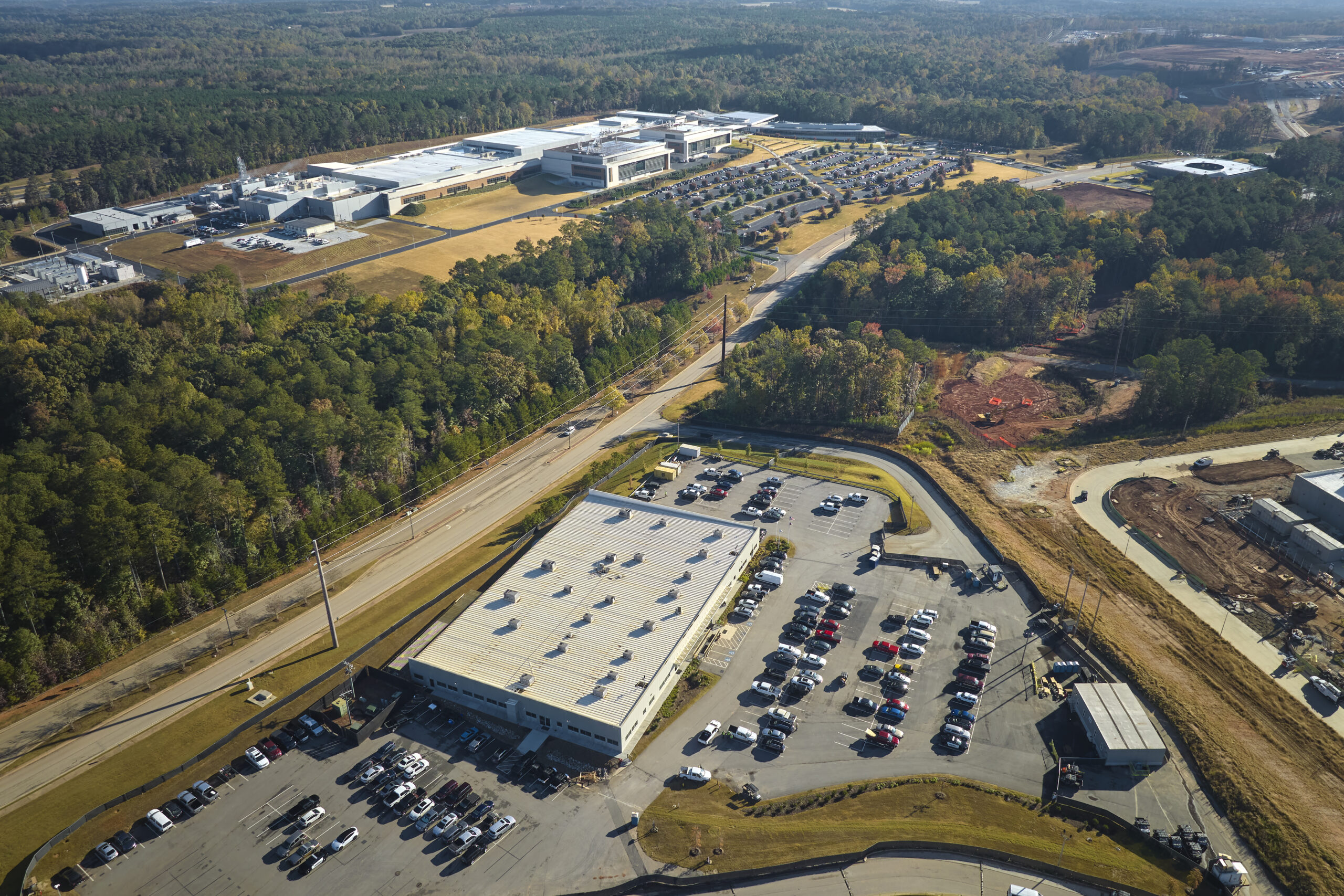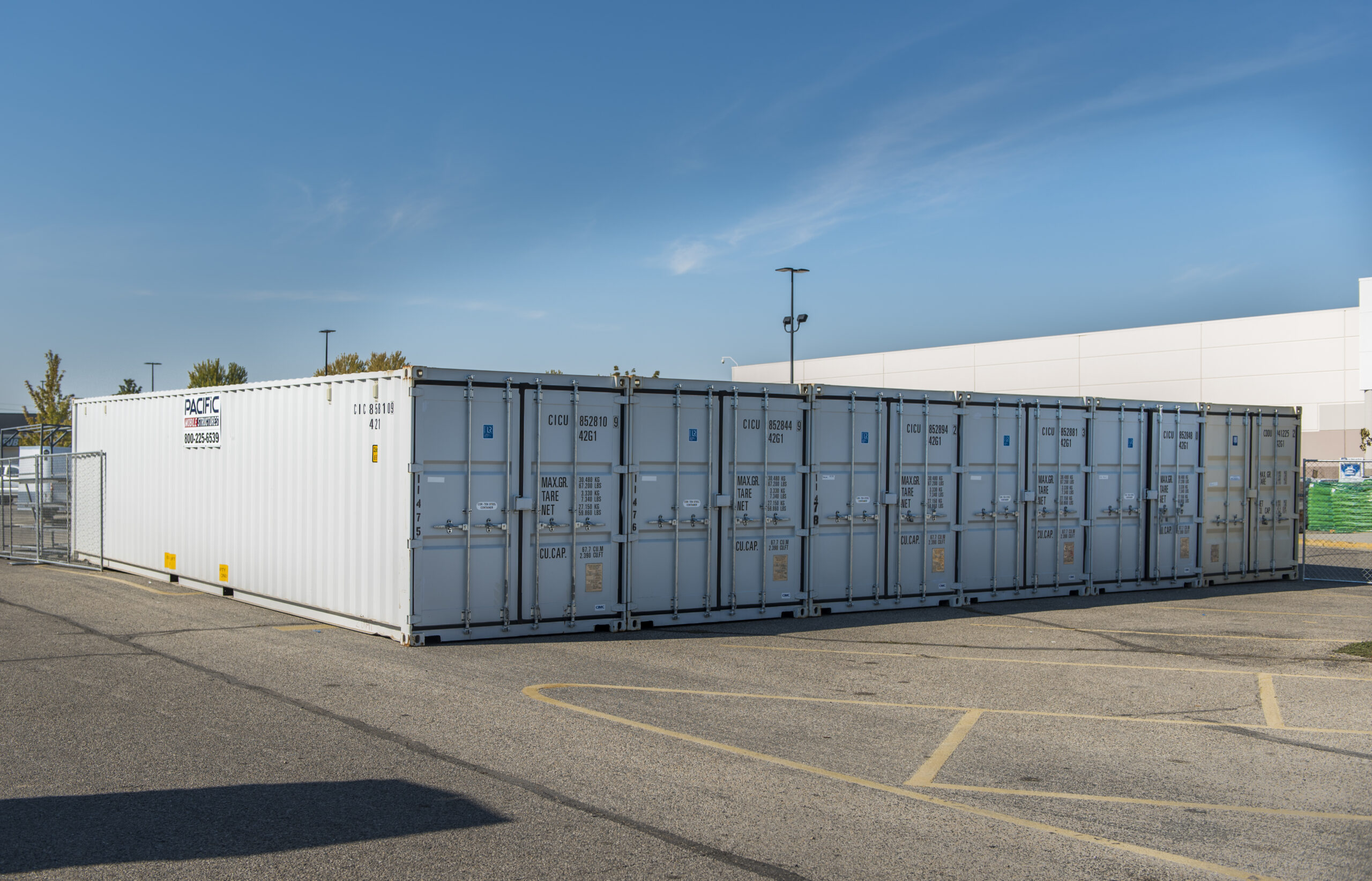
The Art of Modular Design: 7 Tips for Creating Aesthetically Pleasing Structures
Modular design is revolutionizing the way we think about architecture and interior spaces. By using prefabricated modules, designers and architects can create flexible, scalable, and visually stunning structures that adapt to various needs and environments. Whether you’re working on a residential project, a commercial space, or a public building, understanding the principles of modular design is essential. Here are seven tips to help you create aesthetically pleasing structures with modular design.
Embrace Simplicity
In modular design, simplicity is key. The beauty of modular structures lies in their clean lines and minimalist aesthetic. Focus on straightforward forms and avoid unnecessary complexity. This not only enhances the visual appeal but also makes the construction process more efficient.
Key Takeaway:
Use simple geometric shapes and clean lines to create a cohesive and elegant look.
Prioritize Functionality
A well-designed modular structure should be both beautiful and functional. Consider how each module will be used and ensure that it serves a clear purpose. Functional design can enhance the overall aesthetics by providing a sense of harmony and balance.
Key Takeaway:
Design modules with specific functions in mind to create a harmonious and balanced structure.
Incorporate Natural Light
Natural light can dramatically improve the aesthetics of any space. In modular design, strategically placing windows and skylights can enhance the visual appeal and create a more inviting atmosphere. Additionally, natural light can highlight architectural features and create dynamic shadows and reflections.
Key Takeaway:
Use windows, skylights, and other openings to maximize natural light and enhance visual appeal.
Use High-Quality Materials
The choice of materials plays a crucial role in the aesthetic quality of modular structures. Opt for high-quality, durable materials that are both visually appealing and sustainable. Materials like wood, steel, and glass can add a modern and sophisticated touch to your design.
Key Takeaway:
Select durable, sustainable materials and aesthetically pleasing materials to enhance the structure’s overall look.
Consider Scalability
One of the main advantages of modular design is its scalability. Plan your design with future expansion in mind. Ensure that the modules can be easily added or rearranged without disrupting the overall aesthetic. This flexibility can make your design more versatile and adaptable to changing needs.
Key Takeaway:
Design modules that can be easily expanded or rearranged to maintain aesthetic consistency and flexibility.
Pay Attention to Proportion and Scale
Proportion and scale are critical in creating visually appealing structures. Ensure that each module is proportionate to the others and fits well within the overall design. This creates a sense of unity and coherence, making the structure more pleasing to the eye.
Key Takeaway:
Maintain proper proportion and scale to create a unified and coherent design.
Integrate Green Spaces
Incorporating green spaces into your modular design can significantly enhance its aesthetic appeal. Green roofs, vertical gardens, and landscaped areas can add a touch of nature and create a more inviting environment. These elements also promote sustainability and improve the well-being of the occupants.
Key Takeaway:
Integrate green spaces to add a natural element and promote sustainability in your design.
The Endless Possibilities of Modular Construction
Modular design offers endless possibilities for creating aesthetically pleasing and functional structures. By embracing simplicity, prioritizing functionality, incorporating natural light, using high-quality materials, considering scalability, paying attention to proportion and scale, and integrating green spaces, you can master the art of modular design. Whether you’re an architect, designer, or enthusiast, these tips will help you create stunning modular structures that are both beautiful and practical.
With the right approach and the right partner, you can build structures that not only look great but also stand the test of time. Reach out to our team to get started on your next project today.



